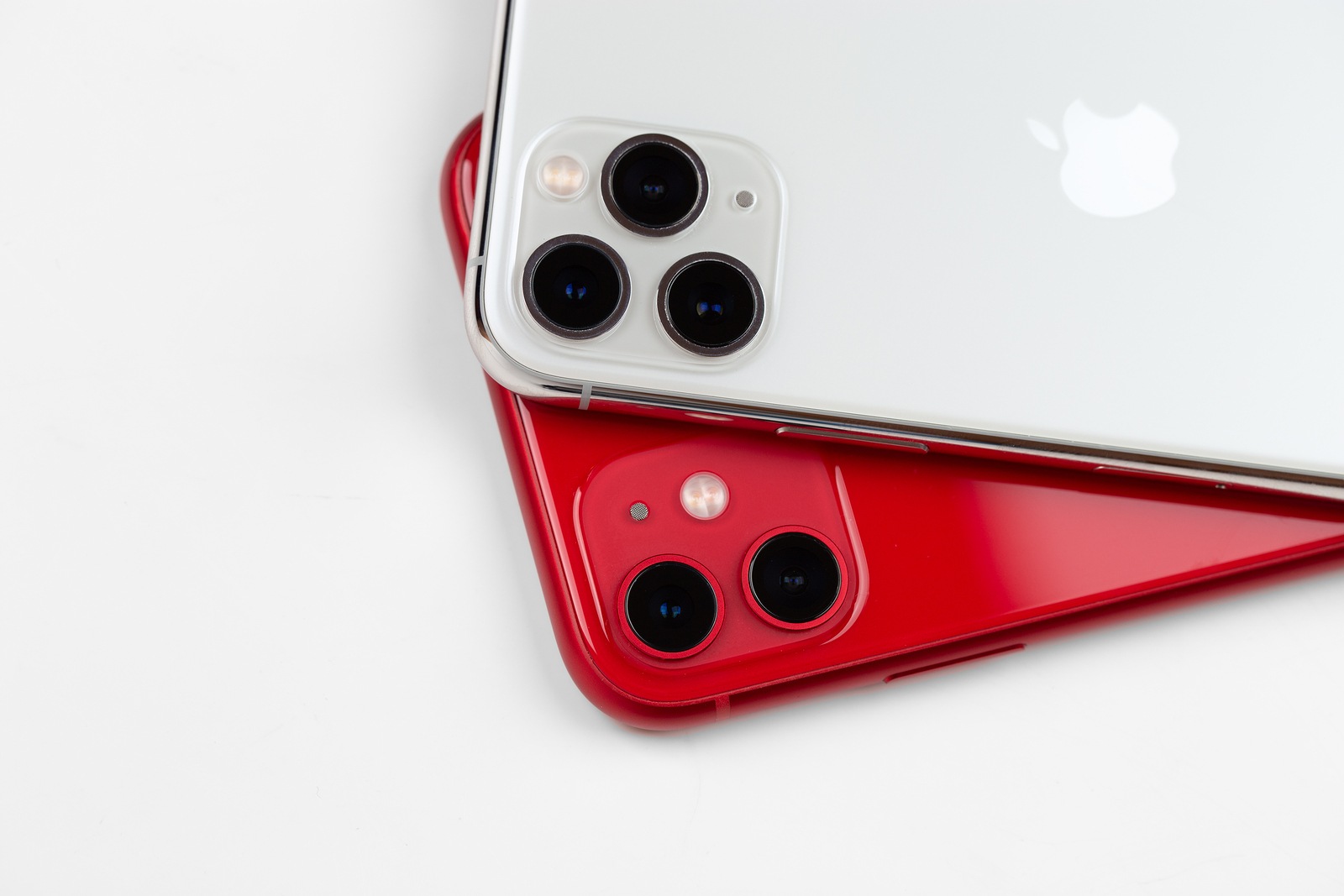The AirPods were first introduced in 2016 and updated for the second time at the end of October. Now a patent shows what an air pressure sensor in the popular earbuds could be good for.
It should be an open secret by now that Apple is constantly researching new and existing technologies. But what use could an air pressure sensor in the AirPods have? Under the title "Acoustic in ear detection for a hearable device," Apple describes the whole thing as follows:
Methods for determining a current usage state of a headphone including a speaker and an air pressure sensor. The system receives a pressure signal from the air pressure sensor indicative of the air pressure near the headphone, the air pressure sensor generates the pressure signal in response to the headphone being inserted into an ear of a user. The system processes the received pressure signal to determine whether the headphone is in a usage state and in response performs outputting an audio signal through the headphone, signifying that the device is in use.
Prone to false alarms
According to this, the air pressure sensor should signal to the system whether the AirPods are in use or not. In current models, this is done by the built-in acceleration sensor. The air pressure sensor is therefore a further development of the technology. But it is not quite perfect. Apple explains in the patent description that the air pressure sensor in AirPods is prone to false alarms. But what advantages would the new technology have over previous solutions? If Apple succeeds in integrating an air pressure sensor into future AirPods, the effort involved in manufacturing would be simplified. However, like any other patent, the patent should be treated with caution. It is not uncommon for many such ideas never to make it into finished products. You don't have AirPods yet? Then take a look at our Apfelpatient Amazon Shop past. (Photo by Masarik / Bigstockphoto)





